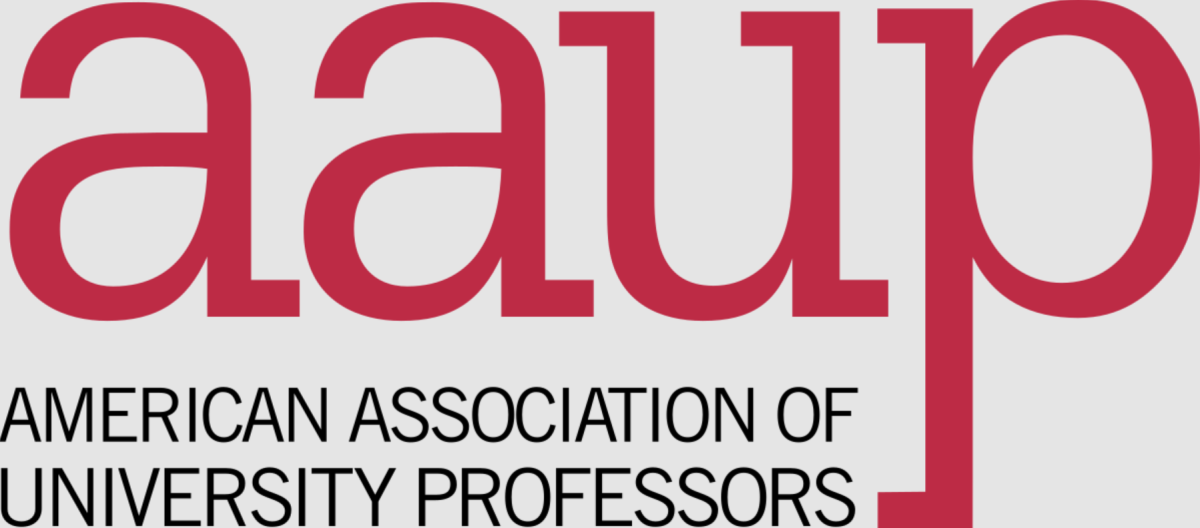“It’s just a number.” “Don’t let it define who you are.” Anyone who has underperformed on a standardized test has almost certainly been subjected to these well-intentioned clichés. But as many of us are well aware, this is unfortunately just not the case. While test scores are “just numbers,” they are numbers that carry unbelievable consequences with them. These numbers can act as significant roadblocks in the journey to college and may be the make-it-or-break-it point in an application.
Standardized testing, for most of us, has been an integral part of our academic experiences since elementary school. In-state students will recall the daunting End of Grade Tests that began in the third grade. The tests only get more plentiful as we get older, with standardized tests littering the steps of entrance into college. This appears to be changing as major universities begin to declare college entrance exams optional.
The University of Chicago is the latest university in an increasingly long line of schools to make entrance exams optional parts of their college application. The dean of admissions at U-Chicago, Jim Nondorf, said the decision was to “make sure [college requirements] were fair to every group.” NC State should follow this trend of not requiring standardized tests to make the road to college more hospitable for low-income and first-generation applicants.
Standardized entrance exams like the ACT and SAT are inherently unequal because of the inequality that still plagues our education system. In the United States, we still see a very striking negative correlation between poverty and educational success. Much of this can be attributed to the inequitable local tax method for funding schools. Because school funding is tied to the income of the local populations, students from low-income backgrounds are much more likely to receive a poorly funded education and vice versa for students from high-income backgrounds.
North Carolina acts as a stark example of this disparity. A study by the Public School Forum of NC found that “the ten highest spending counties spent on average $3,103 per student compared to $739 by the ten lowest spending counties.”
A spending differential of over $2,300 per student will inevitably lead to divergent outcomes in academic performance, yet the results of standardized tests neglect to reflect any of this context. Without standardized education, it is nearly impossible to have equitable standardized exams.
But the disadvantages do not stop there for students who come from low-income backgrounds. Research has been done which shows that the disadvantages associated with poverty also manifest as biological differences. The environment surrounding children growing up in poverty naturally creates a multitude of stressors because of the harsh conditions brought on by poverty.
These stressors are able to stunt brain development, which can result in children growing up below the poverty line having brains with 8-10 percent less gray matter on their temporal lobes, frontal lobes, and hippocampi — all of which are responsible for cognitive processes required for academic success — than the average child.
Standardized tests do not adjust for any of these sad disparities that children of lower socioeconomic status face. The tests simply help widen the achievement gap between students by giving poor students another hurdle they must overcome.
This is not to say that standardized tests are pointless. Entrance exams like the ACT and SAT can serve a good purpose — for international students with academic backgrounds that are hard to measure against US high school students, standardized tests give admissions offices an excellent comparison tool.
NC State can still glean value from standardized tests, but for the vast majority of students, these aspects are not applicable enough reasons to warrant them being required from those looking for entry into NC State.














